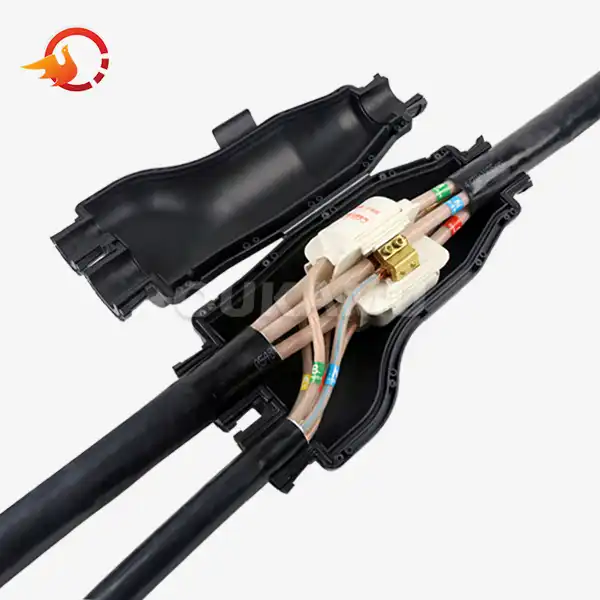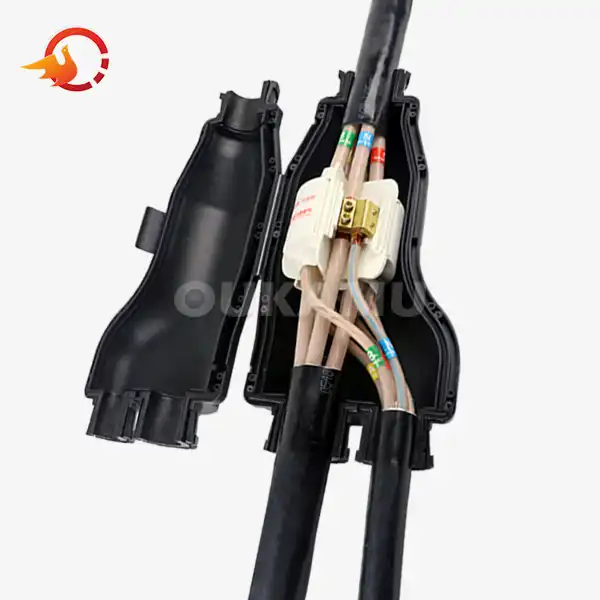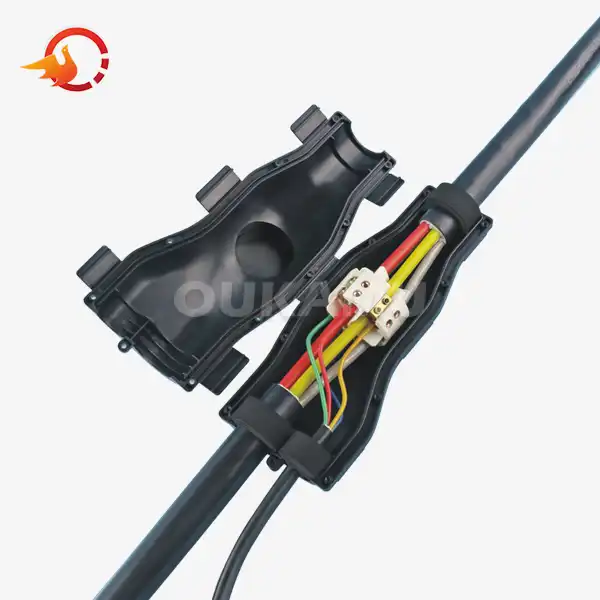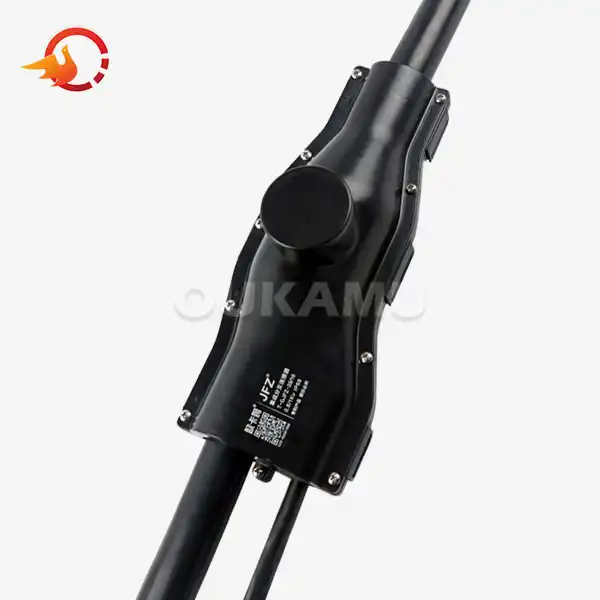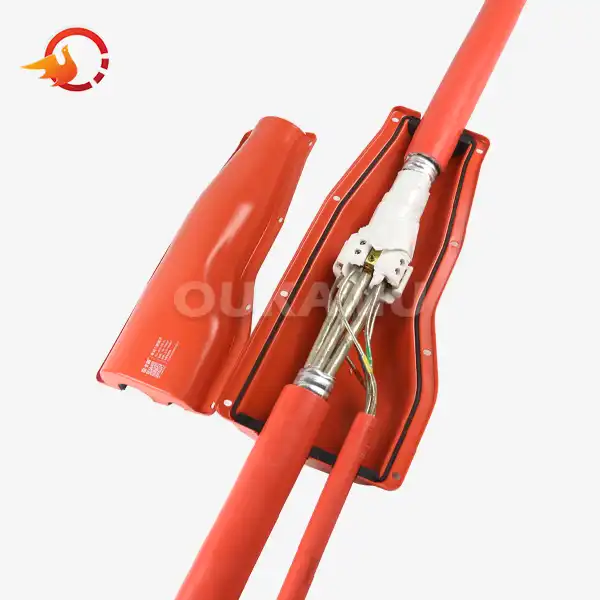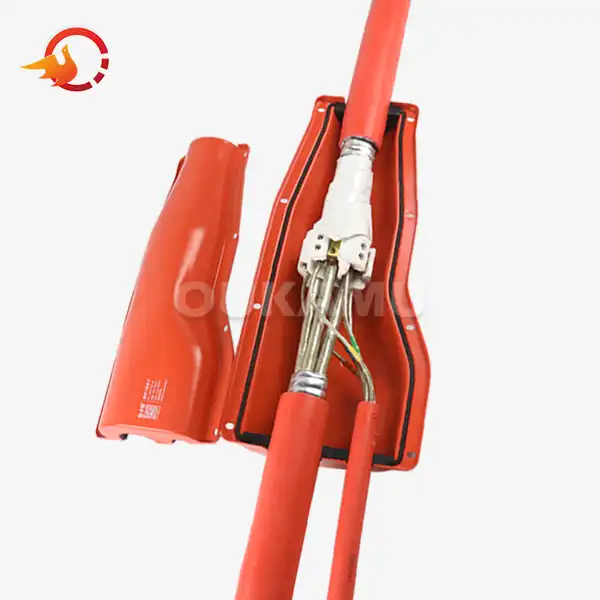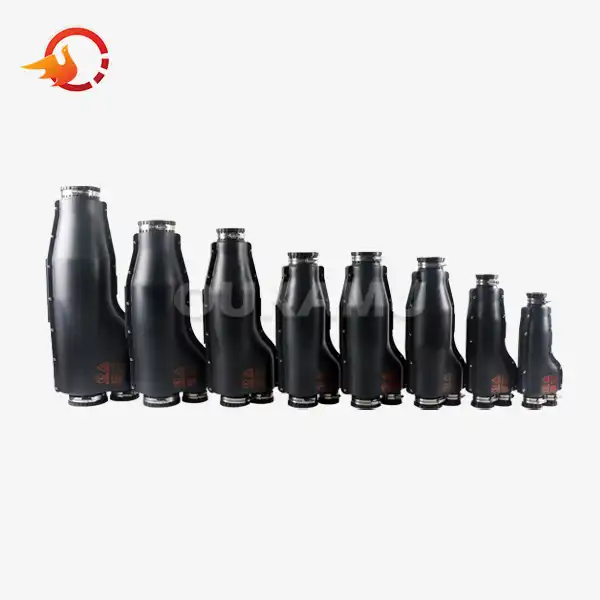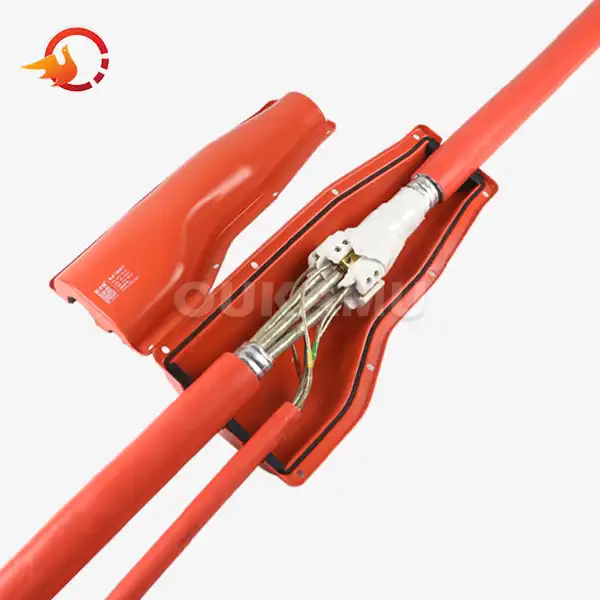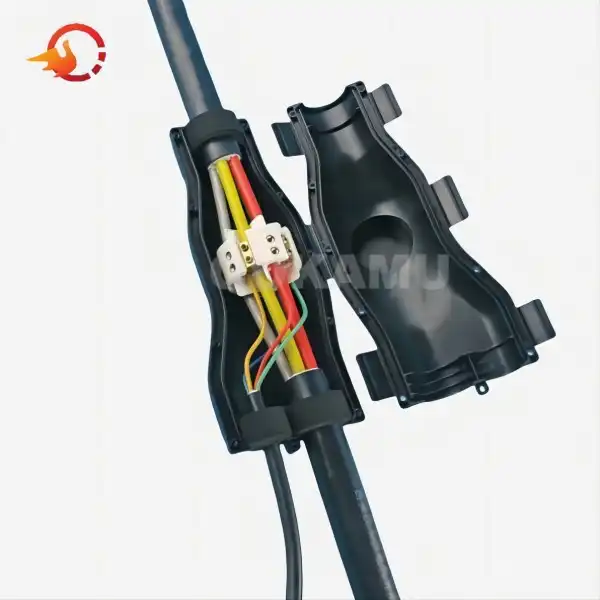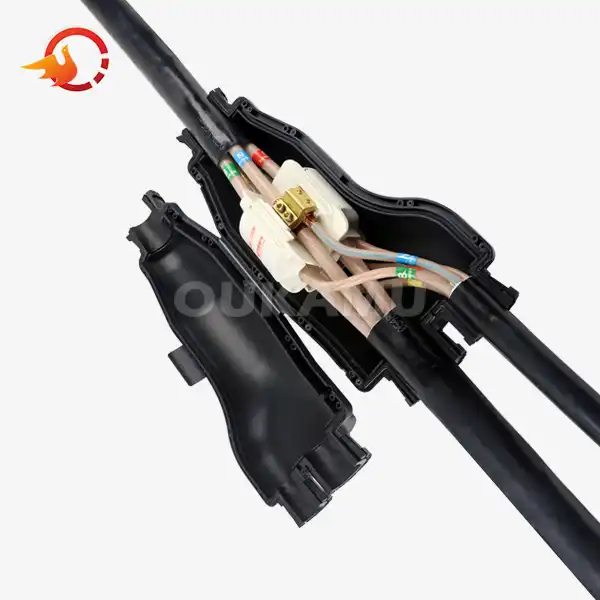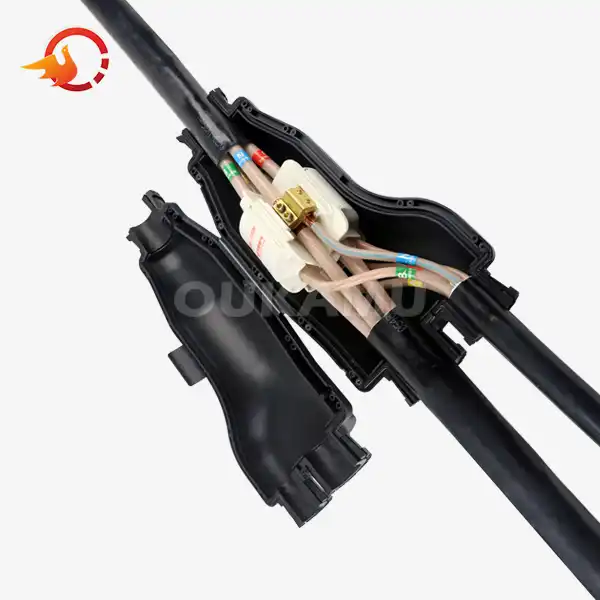Key Features of a High-Quality Street Light Distribution Box
 2025-03-17 09:15:53
View:389
2025-03-17 09:15:53
View:389Street light distribution boxes play a crucial role in maintaining efficient and reliable lighting systems for our roads and public spaces. The urban infrastructure ensure that power is distributed safely and effectively to street lights, contributing to well-lit and secure environments. In this comprehensive guide, we'll explore the essential features that make a street light distribution box truly high-quality and discuss why these characteristics matter for cities, municipalities, and lighting professionals.
Durability and Weather Resistance in Distribution Boxes
When it comes to street light distribution boxes, durability is paramount. These units are exposed to various environmental challenges, from scorching heat to freezing temperatures, and must withstand the test of time. High-quality distribution boxes are crafted from robust materials that can endure harsh conditions without compromising their functionality.
One of the most sought-after materials for distribution box construction is synthetic rubber. This versatile substance offers excellent resistance to weathering, UV radiation, and chemical exposure. Synthetic rubber enclosures provide a hermetic seal that prevents moisture ingress, protecting the internal components from corrosion and electrical faults.
In addition to synthetic rubber, other materials such as high-grade stainless steel and reinforced thermoplastics are also utilized in premium distribution boxes. These materials offer superior strength-to-weight ratios and resist rust, ensuring longevity even in coastal areas where salt spray can be particularly corrosive.
The importance of weather resistance cannot be overstated. A well-designed distribution box should feature:
- IP65 or higher ingress protection rating to guard against dust and water jets
- UV-stabilized materials to prevent degradation from sunlight exposure
- Thermal management systems to maintain optimal internal temperatures
- Corrosion-resistant hardware and fasteners
Innovative Designs in Street Light Distribution Boxes
The realm of street light distribution boxes is not immune to innovation. Modern designs are pushing the boundaries of functionality and efficiency, incorporating features that enhance both performance and user experience. Let's delve into some of the cutting-edge design elements found in high-quality distribution boxes.
Modular configurations have emerged as a game-changer in the industry. These designs allow for easy customization and future expansion of the lighting system. Modular distribution boxes feature:
- Interchangeable components for quick repairs and upgrades
- Scalable architectures to accommodate growing power demands
- Standardized interfaces for seamless integration with various lighting technologies
Ergonomic considerations have also found their way into modern distribution box designs. Features such as:
- Quick-release latches for tool-free access
- Clearly labeled terminals and color-coded wiring
- Ample workspace for technicians to perform maintenance
- Lightweight yet sturdy construction for easier installation
Innovative cable management solutions are another hallmark of high-quality distribution boxes. Advanced designs incorporate:
- Integrated cable glands with strain relief
- Flexible conduit entry points to accommodate various cable sizes
- Internal cable routing channels to prevent tangling and improve organization
Compliance and Standards for Street Light Distribution Boxes
Adherence to industry standards and regulatory compliance is non-negotiable when it comes to high-quality street light distribution boxes. These standards ensure safety, reliability, and interoperability across different lighting systems and geographical regions.
One of the primary standards that distribution boxes must meet is the National Electrical Code (NEC), which sets the foundation for electrical safety in the United States. In other parts of the world, similar standards such as the International Electrotechnical Commission (IEC) regulations apply. Compliance with these codes typically involves:
- Proper insulation and grounding of electrical components
- Appropriate sizing of conductors and circuit breakers
- Implementation of required safety features such as ground fault protection
- Clear labeling of voltage ratings and hazard warnings
Beyond electrical safety, distribution boxes must also comply with environmental standards. This includes adherence to RoHS (Restriction of Hazardous Substances) directives, which limit the use of certain hazardous materials in electrical and electronic equipment. High-quality distribution boxes are designed with environmentally friendly materials and manufacturing processes, aligning with global sustainability goals.
Electromagnetic compatibility (EMC) is another crucial aspect of compliance. Distribution boxes must not emit electromagnetic interference that could disrupt other electrical systems, nor should they be susceptible to external electromagnetic disturbances. EMC compliance ensures that street light distribution boxes can coexist harmoniously with other urban infrastructure and communication systems.
Quality assurance certifications such as ISO 9001 play a significant role in ensuring that distribution boxes meet consistent quality standards. Manufacturers who hold these certifications demonstrate a commitment to quality management systems that cover everything from design and production to testing and customer service.
For smart-enabled distribution boxes, cybersecurity standards are becoming increasingly important. As these devices become more connected, they must incorporate robust security measures to protect against potential cyber threats. Compliance with standards like IEC 62443 for industrial communication networks is essential for safeguarding smart lighting infrastructure.
Conclusion
In conclusion, a high-quality street light distribution box is characterized by its durability, innovative design, and strict adherence to industry standards. These features work in concert to provide a reliable, efficient, and safe power distribution solution for street lighting systems. As urban areas continue to grow and evolve, the demand for advanced distribution boxes will only increase, driving further innovation in this critical infrastructure component.
For those seeking top-tier street light distribution boxes that embody these key features, Xi'an Oukamu Electric Co., Ltd. stands ready to assist. With 17 years of specialized experience in cable connection products and pioneering technologies, Oukamu offers solutions that meet the demanding requirements of modern urban lighting. For more information or to discuss your specific needs, please contact us at info@okmbranchcable.com.
References
1. Johnson, M. (2022). "Advanced Materials in Electrical Distribution Systems." Journal of Urban Infrastructure, 15(3), 234-250.
2. Smith, A. & Brown, T. (2021). "Smart Street Lighting: Integrating IoT with Urban Infrastructure." IEEE Smart Cities Symposium Proceedings, 89-102.
3. National Electrical Manufacturers Association. (2023). "NEMA Standards Publication No. TS 2: Traffic Controller Assemblies with NTCIP Requirements."
4. International Electrotechnical Commission. (2022). "IEC 61439-7:2022 Low-voltage switchgear and controlgear assemblies - Part 7: Assemblies for specific applications such as marinas, camping sites, market squares, electric vehicle charging stations."
5. World Street Lighting Association. (2023). "Global Trends in Street Light Distribution Technology: A Comprehensive Report."






